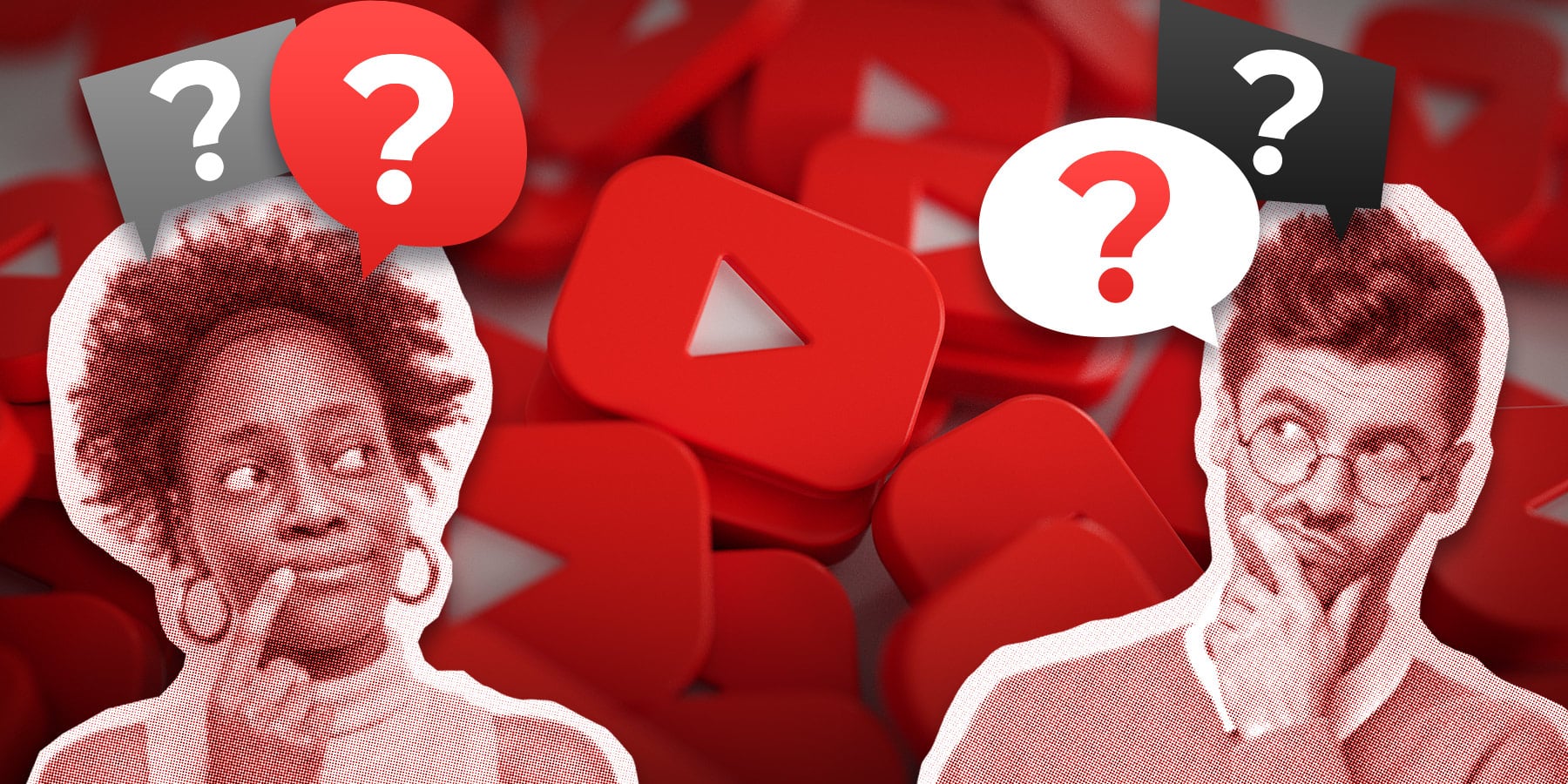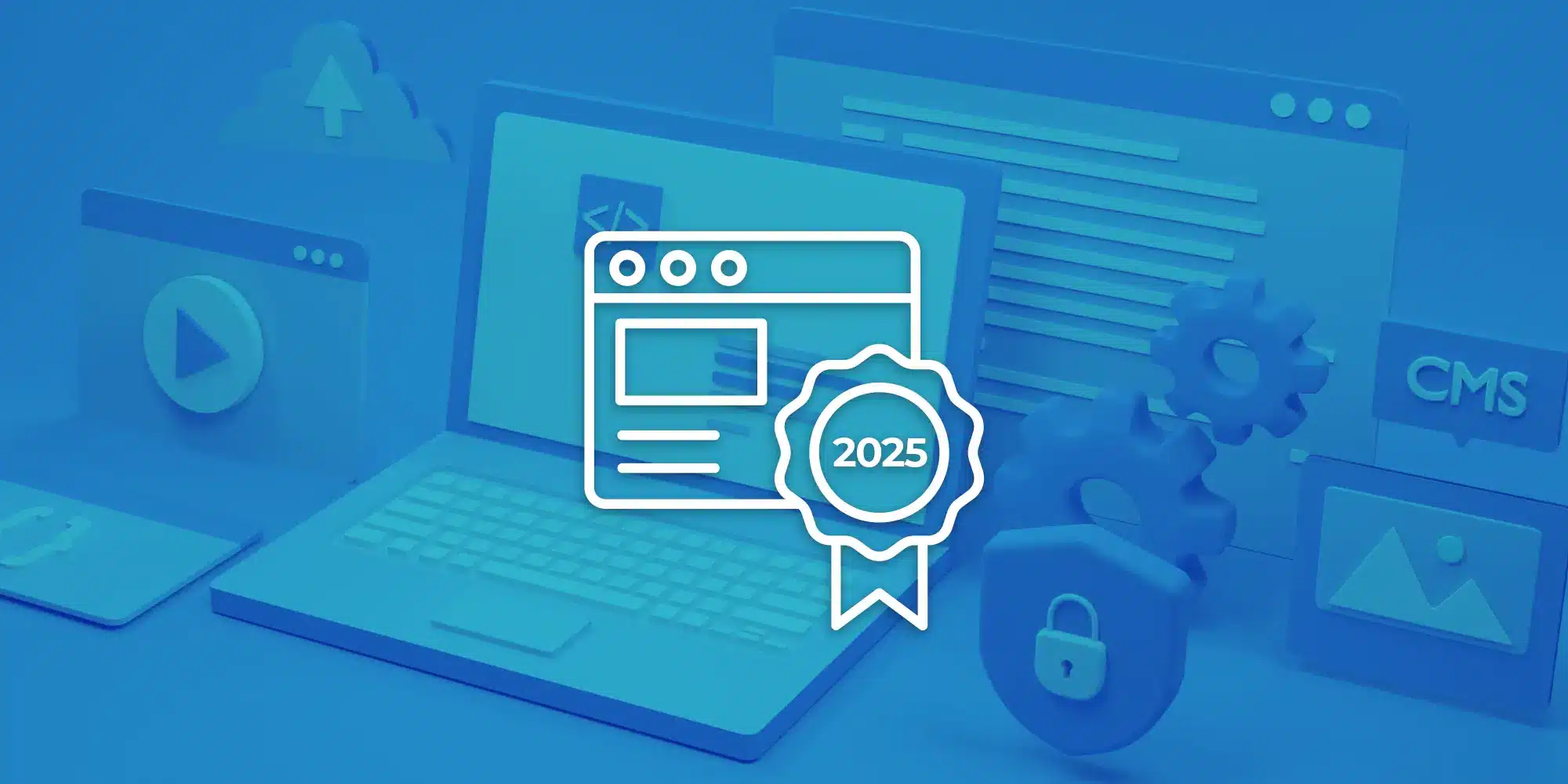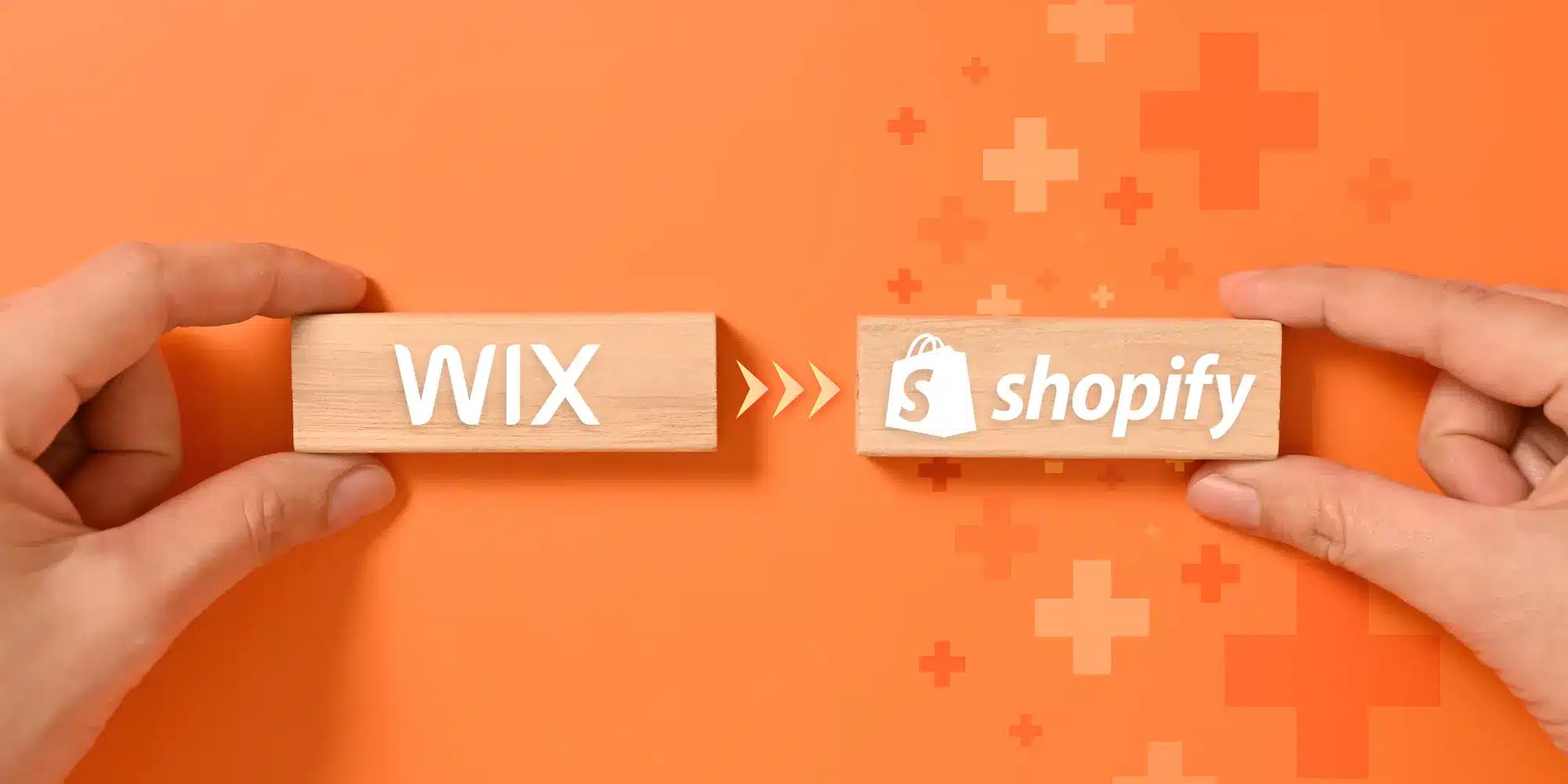Key Takeaways:
With more than one billion hours of videos watched per day, it’s not surprising that YouTube is a prime place for business promotion.
Video titles and descriptions are two key places to put SEO and keyword-rich text to help users find your content.
If you have more than 10,000 subscribers, you can tap into the platform’s special “stories” feature to post exclusive, time-sensitive videos to your channel.
End screens are a smart way to navigate users to other videos and encourage them to subscribe.
Considering YouTube’s thriving user base, it’s definitely a social channel worth adding to your business’s marketing strategy. According to Hubspot, people watch over one billion hours of YouTube videos every day. Think with Google cites a recent study in which 70% of survey participants said they purchased from a brand because of seeing it on YouTube. Seventy-five percent of these respondents said that YouTube videos increased their awareness of new brands or products.
If you’re new to YouTube, don’t worry. Here are some common terms to know to increase your knowledge and confidence when using this platform to advertise your small business.
“In a recent survey, 70% of people said they purchased from a brand because of seeing it on YouTube. 75% said that YouTube videos increased their awareness of new brands or products.” – Think with Google
Basic YouTube Terms to Know
Here are some foundational phrases to familiarize yourself, especially if you’re brand-new to the YouTube world.
Channel
This is a specific YouTube page where you’ll find all the video content that the content creator has published on the YouTube platform. This is also where you’ll be able to see the content creator’s community, such as their video comments and any updates they share with their subscribers.
Subscriber
This term refers to anyone who follows a YouTube channel. The more people that subscribe to your channel, the more exposure your brand and products/services will have via the platform.
Thumbnail
A still image that appears above a YouTube video’s title when the video appears in search results, suggested videos, or a user’s home page. It should be a “hook” that piques your audience’s interest and causes them to click on the link to watch the video. The thumbnail should have a 1280×720 pixel resolution, be less than 2MB, and uploaded in a 16:9 ratio.
View
This term refers to each time a user watches 30 seconds or more of a video. If a user interacts with an ad that comes before the first 30 seconds of a video, this can also count as a “view.” The way that YouTube tallies views is meant to filter out robo-accounts from actual human users who are browsing the platform.
Title and Description
The “title” refers to the brief description of a YouTube video. Though YouTube allows up to 100 characters, it’s best practice to stick to the 50-to-70-character range so your title doesn’t get shortened when it appears on Google’s SERP.
The “description” is the text beneath the video that describes it in greater detail. YouTube gives you up to 5,000 characters for this video blurb. But it’s important to put the “meat” of the description in the first 157 characters of the text, since this is what the user will be able to view above the “see full description” button.
Including optimized keywords in your title and near the beginning of your description will increase the odds of your videos turning up at the top of YouTube search results.
Both titles and descriptions are great opportunities for SEO and keyword placement.
Playlist
A way of organizing your channel’s video collection to improve the user experience. It makes it easy for users to easily locate a specific topic or sub-topic without having to scroll through the entire channel to find the individual videos that they’re interested in.
Like individual videos, playlists have titles and descriptions that can be optimized with keywords.
Live
The platform’s real-time broadcast feature like Facebook and Instagram’s “live” feature. It gives business owners the chance to interact with current and potential customers in a personal way.
Shorts and stories
It’s common to have both shorts and stories on a YouTube channel. Shorts are videos that are 60 seconds long or less (comparable to Instagram Reels and TikTok videos in that these are vertical videos and are shorter), while stories are short-term content that users can see and access for 7 consecutive days. Only channels with more than 10K subscribers have access to the stories feature.
Content that performs well as a short is quick, easy-to-digest, clever videos that come across more casual. While you can view Shorts on desktop, they’re intended for mobile.
More Advanced YouTube Terms to Know
We’ve rounded up some more lingo worth knowing as you continue to grow your YouTube skills and expertise.
YouTube Studio
This is the content creator-facing side of YouTube. This is where you upload your videos, create playlists, view analytics, adjust settings, and more.
We recommend that you take advantage of the data available in the Analytics section of YouTube Studio. It will help you to understand what types of content are resonating with your audience. Whatever gets the most watch time and high retention rates is the type of content you should make more of.
Tags
These are keywords you can add to your video to boost the video’s optimization. Simply put, it’s a tool that helps the YouTube algorithm understand what your video is about, resulting in more viewers finding your content.
We recommend putting the most relevant and specific tags first, followed by broader descriptions. For example, if my video were a guacamole recipe but the audience should know it’s spicy, I might first put “spicy guacamole recipe” followed by “guacamole” as a less specific term and finally “Mexican dishes” as the broadest term.
End screen
A small pop-up window that appears within a video during the last 15 seconds. It can be used to link to other videos or your playlist. You can also use it to give users a way to subscribe to your channel.
Cards
When your video is playing, you can set up non-intrusive notifications that appear on desktop and mobile in the upper right corner of your videos. These can link to videos or playlists that relate to what you’re discussing at that moment in the video. You can also redirect viewers to related content or products that your brand provides.
Timestamps
A way to link to specific moments in a YouTube video. These are formatted as “0:00” (minutes:seconds). Incorporating them in the description of your video can boost both SEO and improve user experience.
Hashtags
Similar to Instagram, YouTube lets you list three hashtags for each video you publish on the platform. These appear above the video title when the viewers click on the video and start watching.
Closed Captions/Subtitles
Almost all videos can be set to have automatic closed captioning, which transcribes your videos for people who are deaf or hard of hearing. This also is beneficial for the YouTube algorithm as keywords in your closed captions is good for the algorithm to recognize what your content is about.
Although, YouTube’s transcription of your audio is not perfect, so we recommend importing your own transcript into the Subtitles section of your video.
An End Screen is a small pop-up window that appears within a video during the last 15 seconds of the clip. You can use it to link to other videos or give users a way to subscribe to your channel.
Analytics-Related Terms to Know
If you play a direct role in your company’s analytics, you’ll want to know the following three acronyms.
CTR
This stands for “click through rate.” It refers to a calculation of the number of clicks (amount of people that clicked on your video) divided by the number of impressions (how many times your video thumbnail was shown to viewers).
Opinions vary widely regarding what’s considered a good CTR. It also depends on your industry and type of content. Our general advice is to look for thumbnails that have a CTR lower than 4% and consider trying a different thumbnail that will entice viewers to click on it.
AVD
This acronym means “average view duration.” This statistic is determined when you divide a video’s total watch hours by the total number of views it has.
APV
This term refers to the “average percentage viewed.” It’s the percentage of the video a viewer watched before clicking off of it. This is also referred to as the retention rate.
Most people tend to focus on how many views a video gets, but this is a more important metric because it more accurately tells you the level of interest in the video.
Learning the Language of Business Marketing
Keep growing your knowledge about social media platform terms when you explore our Facebook and TikTokblogs. And don’t hesitate to contact us here at Technology Therapy ® Group if you or your team need some extra coaching on how to use YouTube to achieve your marketing goals.




